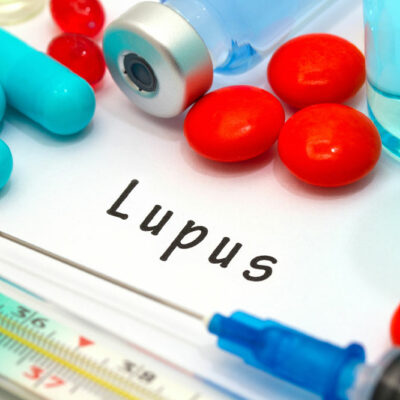
health
10 gut-friendly foods for those with Crohn’s disease
Crohn’s disease is a lifelong condition that is characterized by irritation in various parts of the digestive tract. It is a type of Inflammatory Bowel Disease(IBD) and can lead to symptoms such as diarrhea, bloating, pain in the abdomen, nausea, and even loss of appetite. These can lead to secondary conditions such as dehydration and malnutrition. Read on to learn about 10 foods that are safe to eat with Crohn’s disease. Yogurt Yogurt is a great food for those who have Crohn’s disease. It is also available everywhere and, most important, can be eaten on the go. Yogurt is also a rich source of calcium essential to manage Crohn’s. Hummus Hummus is a chickpea spread that is nutritionally dense and is suitable for those who want to maintain a healthy weight. Bananas Bananas make for a tasty snack. They are loaded with potassium and other essential nutrients that keep the body healthy. Those with Crohn’s can eat bananas at any stage of ripeness except for when it is green. Fruits Aside from bananas, there are other fruits that can be consumed even with Crohn’s disease. Fruits are packed to the brim with vitamins, minerals, and antioxidants that are great for the body.




















